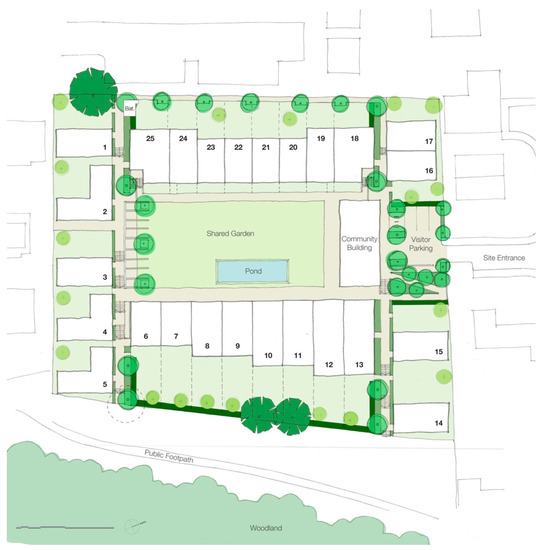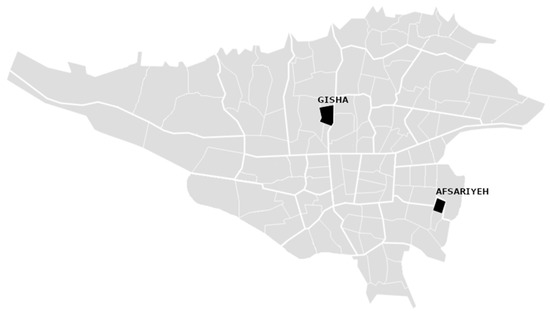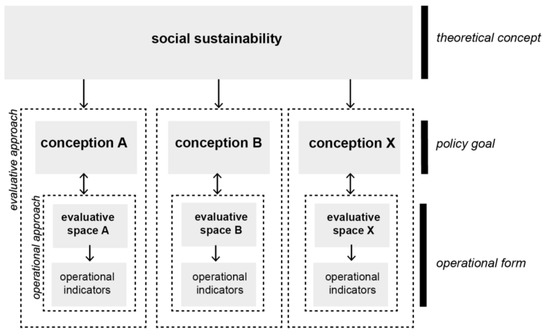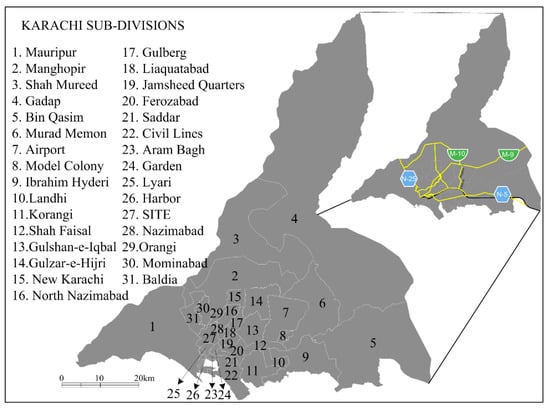Social Sustainability and New Urban Residential Spaces
A topical collection in Sustainability (ISSN 2071-1050). This collection belongs to the section "Sustainability in Geographic Science".
Viewed by 33946Editors
Interests: housing; transport; neighbourhoods; sustainability
Interests: social sustainability; neighbourhood development; urban justice
Topical Collection Information
Dear Colleagues,
This Special Issue will focus on social sustainability at a granular level in new residential developments. In particular, the collection will attempt to draw together and compare outcomes and experiences from a range of residential development models from a variety of different geographical settings—from community-focused housing developments in Europe and across countries of the Global North, to the new residential spaces associated with rapid urbanisation across cities of the Global South.
Although there has been a significant surge of interest in the field in recent years, Social Sustainability remains, as many commentators have noted, an under-developed domain that remains sparsely represented in the literature and underappreciated as a policy objective, particularly at the ‘micro’ level of the specific residential scheme or street. This situation relates to the continuation of an acknowledged definitional ‘slipperiness’ and a disposition towards considering social sustainability at the macro-scale of the city or meso-scale of the urban district. However, the onset of Covid-19 has renewed interest in processes integral to social sustainability, including social equality, community cohesion, and social capital.
This Special Issue is global in its geographical scope, but focusses primarily on social sustainability and its contributory factors and processes in the urban domain. We welcome a thematic range of contributions that develop and strengthen the conceptual basis of social sustainability, case studies that explore and evaluate social sustainability outcomes from different urban residential settings, and reflective articles that reflect on future directions and developmental priorities of the field.
In summary, this collection aims to carry forward the recent conceptual development of social sustainability (c.f. Shirazi & Keivani, 2019; Shirazi & Keivani, 2017) and fine-grained case study analysis of social sustainability local outcomes (Hamiduddin & Adelfio, 2019; Hamiduddin, 2015) as well as to review the experiences of new residential models that aim to promote social sustainability (Sendra and Fitzpatrick, 2020; Fitzpatrick, 2018). As this Special Issue will form the first of its kind focussing on social sustainability outcomes at a granular level, we anticipate that it will form a substantial and timely contribution to the literature on the topic.
Dr. Iqbal Hamiduddin
Dr. M. Reza Shirazi
Dr. Daniel Fitzpatrick
Guest Editors
Manuscript Submission Information
Manuscripts should be submitted online at www.mdpi.com by registering and logging in to this website. Once you are registered, click here to go to the submission form. Manuscripts can be submitted until the deadline. All submissions that pass pre-check are peer-reviewed. Accepted papers will be published continuously in the journal (as soon as accepted) and will be listed together on the collection website. Research articles, review articles as well as short communications are invited. For planned papers, a title and short abstract (about 100 words) can be sent to the Editorial Office for announcement on this website.
Submitted manuscripts should not have been published previously, nor be under consideration for publication elsewhere (except conference proceedings papers). All manuscripts are thoroughly refereed through a single-blind peer-review process. A guide for authors and other relevant information for submission of manuscripts is available on the Instructions for Authors page. Sustainability is an international peer-reviewed open access semimonthly journal published by MDPI.
Please visit the Instructions for Authors page before submitting a manuscript. The Article Processing Charge (APC) for publication in this open access journal is 2400 CHF (Swiss Francs). Submitted papers should be well formatted and use good English. Authors may use MDPI's English editing service prior to publication or during author revisions.
Keywords
- social sustainability
- residential design
- housing
- neighbourhoods
- community
- cohesion
- inclusion
- equality














